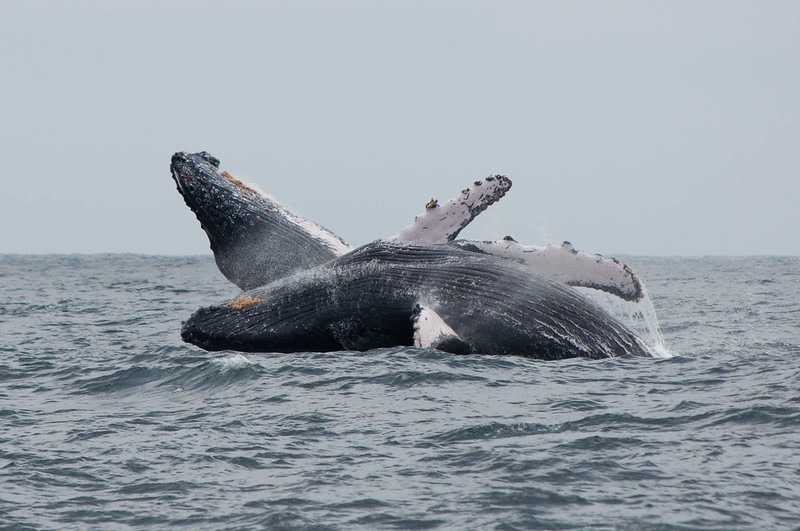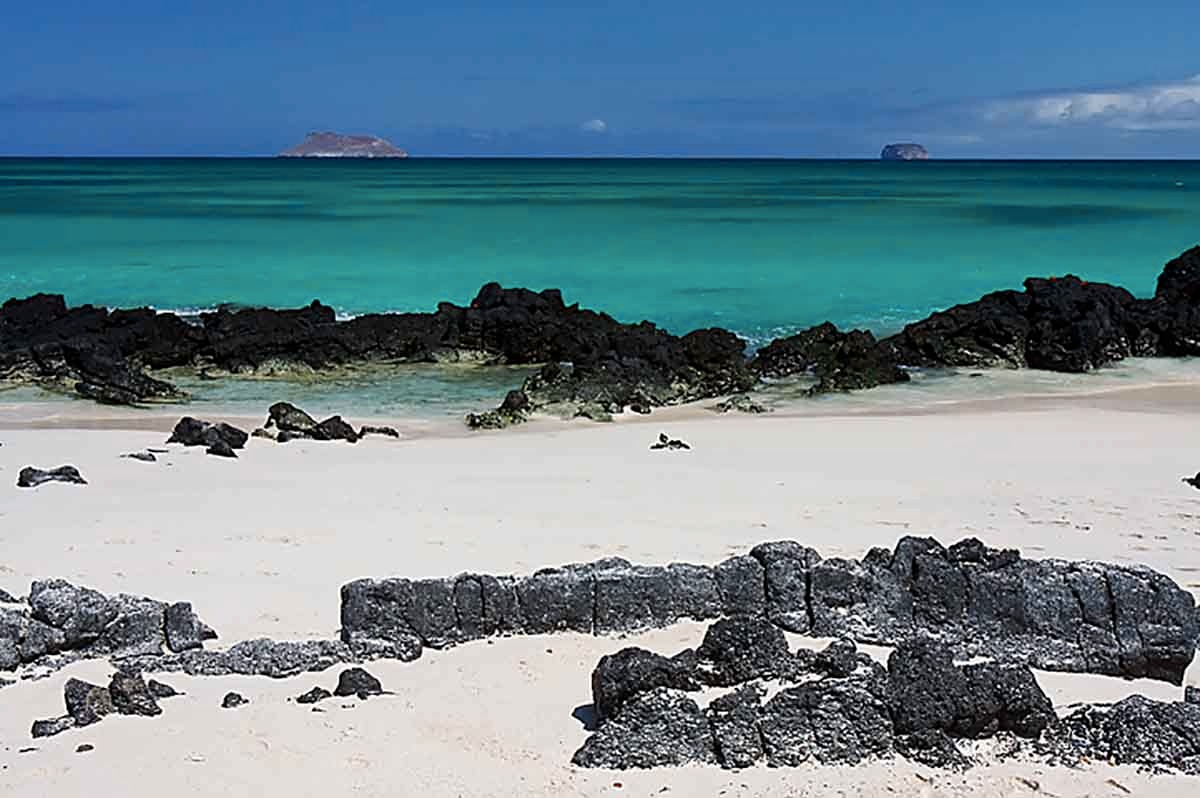A fantastic loop going all the way from Santa Cruz to the Western Archipelago visiting the most iconic natural sites along the way, a perfect way to enjoy your time on board this magnificent cruise for 8 days: you will also have great opportunity to snorkel and discover the beauty of the Marine Reserve. Yacht Solaris is a wonderful choice of yacht if you are looking for comfort, personalized service and a great itinerary.
Day by day
Map

Preview

Preview

Preview
Cruise Includes
Scheduled visits and activities with a professional bilingual guide
All meals on board, some snacks, purified water, tea and coffee
Accommodation in a standard cabin with private bathroom and air conditioning
Snorkeling equipment (mask, lenses, fins), sea-kayaks
Assistance at the Airport and 24/7 during the trip
Cruise does not include
Air tickets to / from Galapagos from / to Quito, Guayaquil or combined route
Entrance to the Galapagos National Park US $ 200 p.p. (cash in the Islands)
Galapagos Control Card US $ 20 p.p. (at the airport before check-in)
Wet-suits rental on board (in cash)
Soft and alcoholic drinks on board; personal expenses, extras and tips guide and crew (cash)
Travel insurance with medical, cancellation and other unforeseen coverage
Other services in Continental Ecuador and not specified in the program
Highlights
Discover the marvels of southern Isabela
Flightless cormorants, penguins and marine iguanas in Fernandina
Marvelous beach in Santiago: Espumilla Beach
Untamed wildlife at Chinese Hat
Learn about Island’s conservancy at Charles Darwin Station